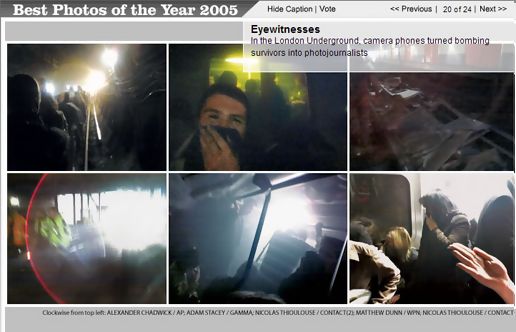Last week I went to an exhibit on Robert Moses, the legendary New York city planner, at the Museum of the City of New York. All the while making sure we drove through as much of the city that he helped develop as possible.
While Moses was a complicated man, and views on him vary a great deal, one thing that fascinated me about him was his use of social spaces. Here is a excerpt from a recent New York Times piece:
Perhaps the most powerful architectural expressions of that mission were the 23 public swimming pools with bathhouses Moses built in a five-year period beginning in the mid-1930s. A graceful colonnaded arcade shelters the shops and restaurants at Orchard Beach; the vivid geometric forms and intricate tile and brick work of the McCarren Park Pool in Greenpoint, Brooklyn, celebrate the therapeutic value of communal exercise. For Moses, those projects were part of a broader strategy to reinforce middle-class neighborhoods and deter residents from fleeing to the suburbs.
Moses believed large landmark projects provided an anchor for communities to build around, like the McCarren Park Pool, in our very own Brooklyn, which at it’s peak held 6800 swimmers and served as a social hub.
But such projects could not work today. No one has the type of power Moses had during his reign, and communities are often now built with a Jane Jabobs-like philosophy in mind; that is, emphasis, on restoration, not on construction. But now technology is again changing the idea of a city, and the role of social spaces.
BusinessWeek recently ran a piece that looked at the transformation of the coffee shop into the modern age social office. Technology, especially wireless, is changing how people meet and work together. I wrote a post titled “Reading Buildings,” a few months ago, where I wondered what libraries would be like if accessing of information became even less centralized:
What I find bizarre about all this is that when you walk into a Barnes & Noble all the seats are taken, so it seems that “reading buildings” of some sort have some demand. Maybe it’s the social setting or maybe it’s the Starbucks. Actually, that could be the future of the library: a big empty building that people bring their electronic books to so that they can read and drink their coffee in a social setting… quietly.
While technology poses the potential problem of atomization, it does pose an interesting problem for organizers and builders of social spaces: what sort of emphasis should there be on technology? Does bringing in technology, especially wireless, defeat the purpose of common social spaces? Or is that the new goal? Many websites now encourage meeting offline, but what are they to do once they meet?

 I was lucky enough to have a chance to be at The Wealth of Networks: How Social Production Transforms Markets and Freedom book launch at
I was lucky enough to have a chance to be at The Wealth of Networks: How Social Production Transforms Markets and Freedom book launch at 